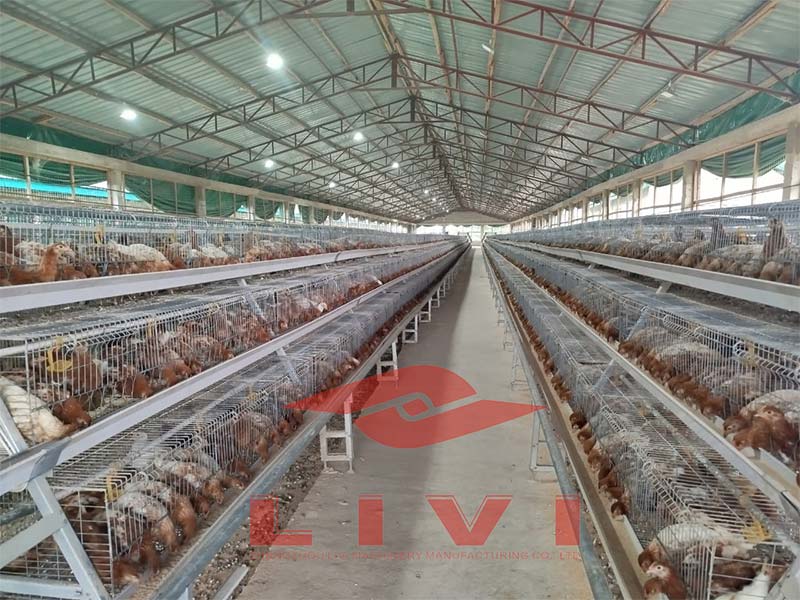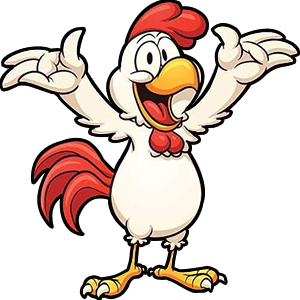The poultry farming sector in Lagos, Nigeria, has seen significant growth over recent years. One key project that showcases the practicality and efficiency of modern poultry farming equipment is the A-type Chick Brooder Cage System for 10,000 Birds in Lagos, Nigeria. This case study delves into the practical aspects of setting up and managing such a system, providing valuable insights for farmers looking to enhance their operations.
Project Overview
In Lagos, Nigeria, a local poultry farmer embarked on a project to improve the efficiency and productivity of his farm. The objective was to raise 10,000 chicks using an A-type chick brooder cage system. This system was chosen for its ability to provide a controlled and optimized environment for young chicks, ensuring higher survival rates and better growth performance.
Detailed Project Implementation
Planning and Site Preparation
The first step in implementing the A-type Chick Brooder Cage System for 10,000 Birds in Lagos, Nigeria, was meticulous planning. The farmer needed to select a suitable location that could accommodate the large number of chicks while ensuring proper ventilation and accessibility. The chosen site was then prepared to house the brooder cages, with adequate space for movement and maintenance.
Equipment Installation
The core of the project was the installation of the A-type chick brooder cages. These cages are designed to maximize space utilization and provide a safe environment for the chicks. Each cage was assembled and positioned to ensure optimal airflow and ease of access for feeding and cleaning.
Automatic Feeding and Manure Cleaning Systems
To enhance efficiency, the farmer integrated an automatic feeding system with a gantry feeding machine. This system ensured that all chicks received an adequate and consistent supply of feed, reducing labor costs and minimizing wastage. Additionally, an automatic manure cleaning system with scrapers was installed. This system maintained cleanliness within the cages, significantly reducing the risk of disease and improving overall hygiene.

Practical Benefits and Advantages
Efficiency in Feeding
The automatic feeding system proved to be a game-changer. It not only reduced the manual effort required to feed 10,000 chicks but also ensured that each chick had equal access to nutrition. This consistency is crucial in the early stages of growth, promoting uniform development and reducing mortality rates.
Improved Hygiene and Health
One of the standout features of the A-type chick brooder cage system is the integrated manure cleaning system. Regular and automated removal of waste kept the environment clean and minimized the spread of diseases. This was particularly important in Lagos, where high humidity can exacerbate sanitation issues in traditional brooding setups.
Space Utilization
The vertical design of the A-type cages allowed the farmer to make the most of the available space. This efficient use of space is particularly beneficial in urban and periurban areas where land can be a limiting factor. By stacking the cages, the farmer could house more chicks in a smaller footprint without compromising their well-being.
Ease of Management
The automated systems for feeding and cleaning simplified daily management tasks. This allowed the farmer to focus on monitoring the health and growth of the chicks rather than spending time on labor-intensive activities. The ease of management also made it feasible to expand operations in the future without a proportional increase in labor.
Long-Term Impact and Customer Feedback
After five years of operation, the A-type Chick Brooder Cage System for 10,000 Birds in Lagos, Nigeria, has proven its worth. The farmer reported that the system remained in excellent condition with minimal maintenance required. The durability of the equipment and the reliability of the automated systems contributed to sustained productivity and profitability.
The farmer noted significant improvements in chick survival rates and growth performance compared to traditional brooding methods. The automated feeding and cleaning systems not only saved time and labor costs but also ensured a consistent and healthy environment for the chicks. This long-term positive impact underscored the value of investing in modern brooding systems.
Conclusion
The A-type Chick Brooder Cage System for 10,000 Birds in Lagos, Nigeria, exemplifies the practical benefits of modern poultry farming equipment. By providing a controlled, efficient, and hygienic environment, this system has enabled the farmer to achieve higher productivity and better chick health. The success of this project highlights the importance of thoughtful planning and the integration of automated systems in enhancing the efficiency and profitability of poultry farming operations.
For farmers looking to upgrade their brooding setups, the insights from this case study offer a roadmap for successful implementation. The combination of automated feeding, effective manure management, and optimal space utilization can transform poultry farming practices, leading to sustainable growth and improved outcomes.
